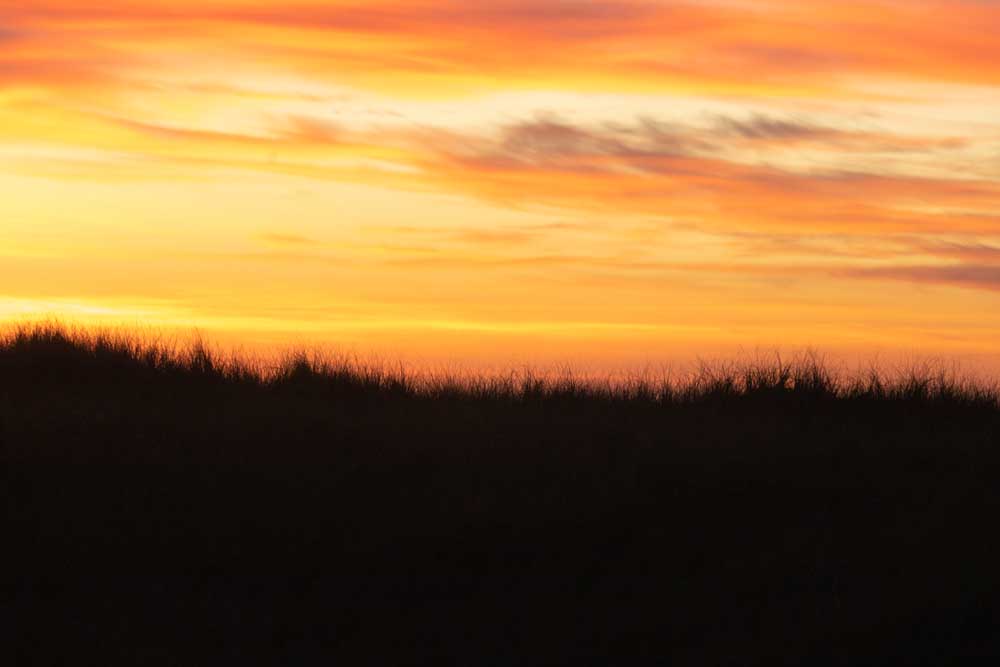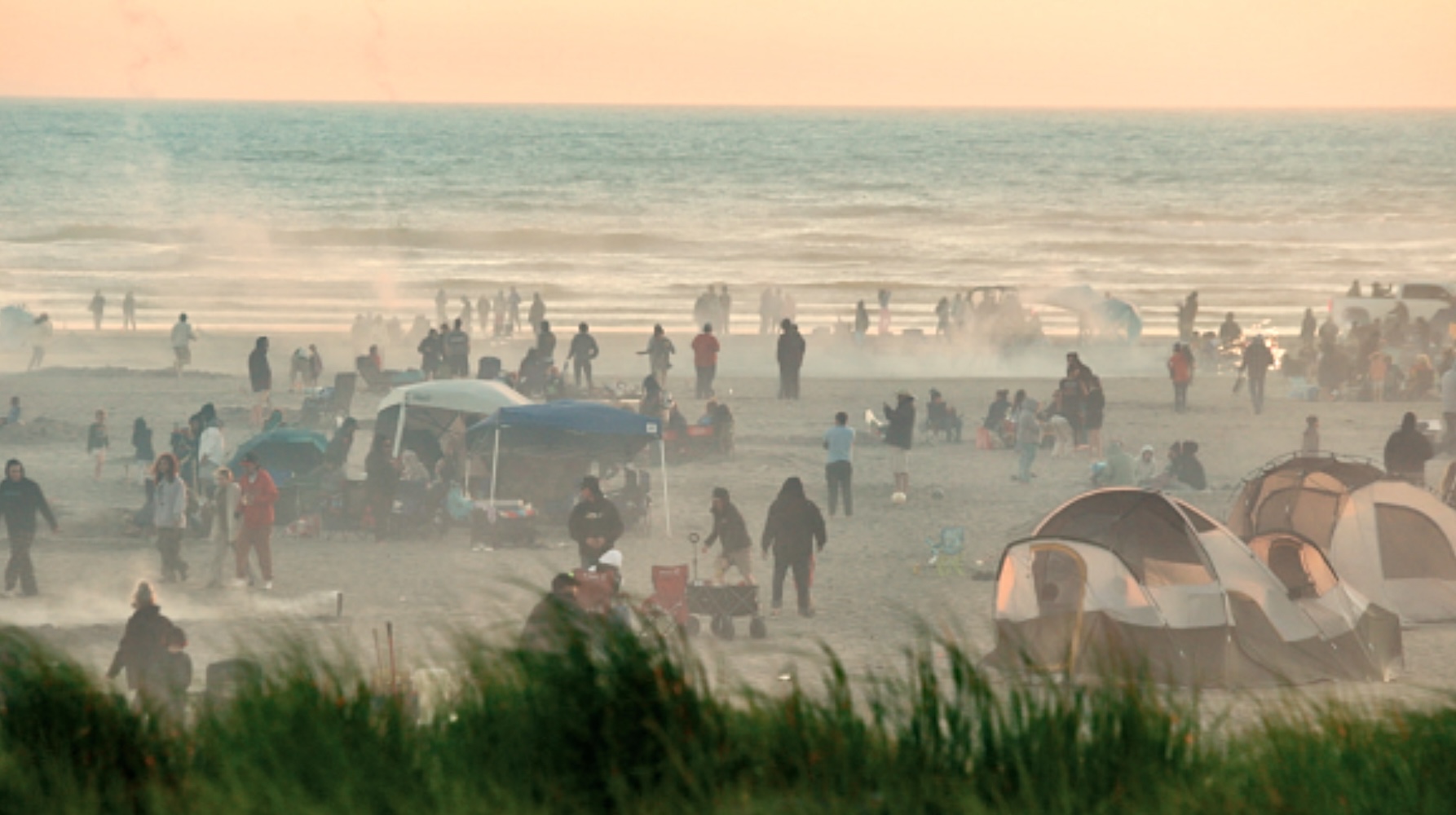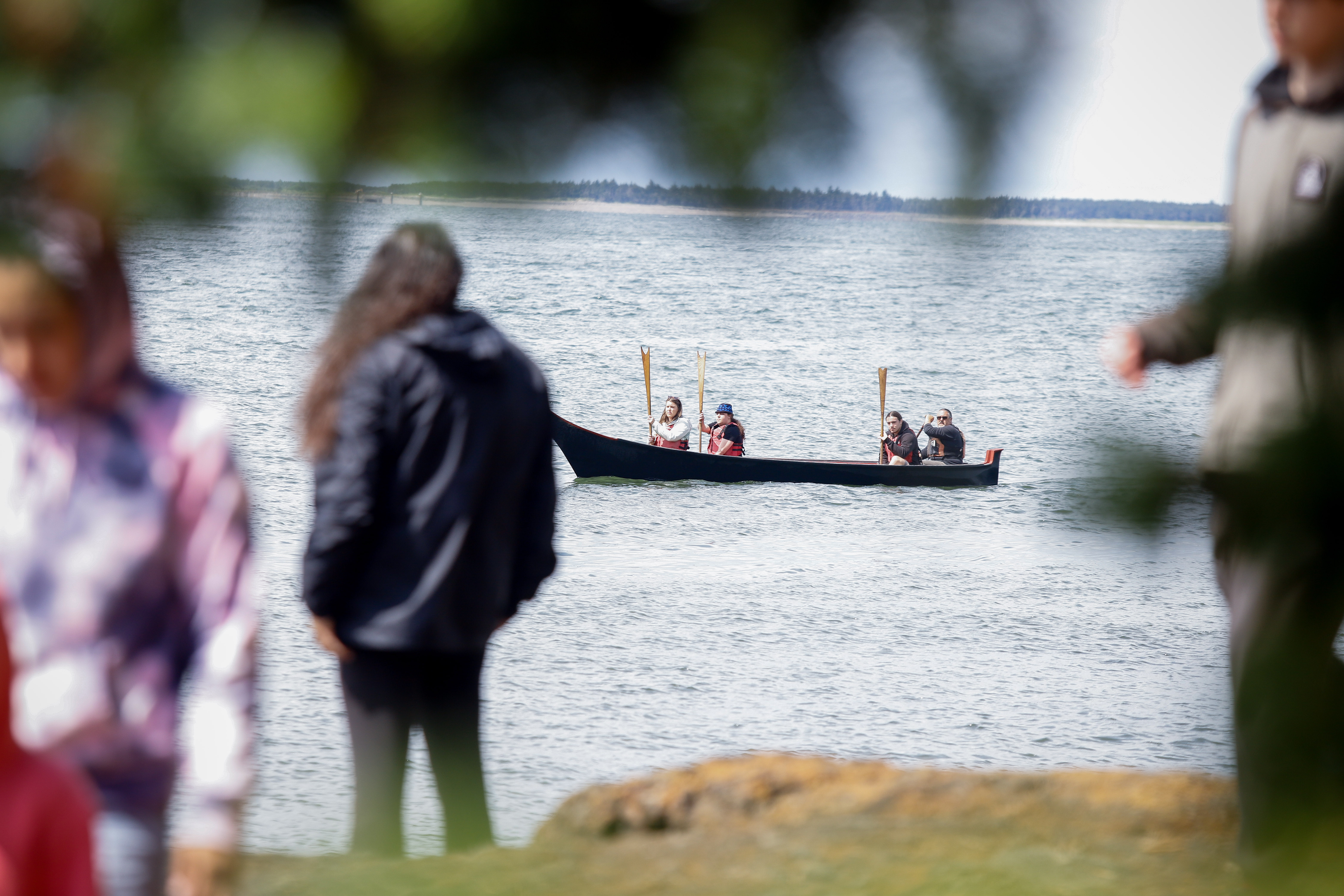‘Magic’: Peninsula gains acclaim as psychedelic ‘shroom’ capital
Published 11:25 am Tuesday, November 30, 2021

- There’s something magical happening in the sprawling sand dunes in Pacific County, home to Psilocybe azurescens, the most potent psychedelic mushroom in existence.
LONG BEACH PENINSULA — There’s something magical happening in the sprawling sand dunes in Pacific County.
There is substantial danger of confusing magic mushrooms with similar-looking little brown mushrooms. Some of these abundant ‘LBMs’ belonging to the genus galerina are poisonous, containing the same toxin found in the infamous “destroying angel” mushroom. In recent years, a local young man died after mistaking galerinas for psilocybes. Never ingest any mushroom without being certain what it is.
Laws surrounding use of psychedelics like magic mushrooms continue to evolve. In 2019, Denver became the first U.S. city to decriminalize magic mushrooms, a stance later adopted by Seattle in October 2021. Oregon recently legalized psilocybin therapy and decriminalized all recreational drug use, while Washington, D.C. decriminalized all plant and fungi-based psychedelics.
Under a new law implemented in Washington state earlier this year, simple possession of illegal drugs — including psilocybin mushrooms — is a gross misdemeanor with a maximum penalty of up to 90 days in jail and up to a $1,000 fine. However, the first two offenses result in diversion into treatment, with only a person’s third offense being criminally chargeable. With no diversion program available in many counties including Pacific, enforcement efforts concentrate on catching suppliers rather than issuing user citations that are effectively meaningless.
Collecting psilocybe mushrooms in Washington and Oregon remains illegal, punishable with fines and potential felony charges.
During the dreariest days of fall, an army of furtive fungal foragers descend on the dunes, forests and meadows along the Long Beach Peninsula. A majority come to collect a bountiful array of culinary mushrooms, from king bolete to shaggy mane.
However, some dedicated foragers specifically seek a rare fungi considered to be the most potent psychedelic mushroom in existence, known as Psilocybe azurescens, informally referred to as “azzies.” Although lacking in the cult-like appeal of azzies, other psychedelic species are also found in this area — most notably Psilocybe cyanescens.
The sheer abundance of mushrooms in the Pacific Northwest has been well documented, but the plethora of magic mushrooms — particularly in Pacific and Clatsop counties — was recently highlighted using data submitted from foragers. Pacific County topped the list of “25 U.S. Counties with the Highest Number of Magic Mushrooms,” in a list compiled in October on movebuddha.com, a travel site that publishes data-based articles about statistics, population trends and economics.
The list, which placed Clatsop County in second, followed by Tillamook and Benton counties in Oregon, was generated from data submitted to iNaturalist, a popular smartphone app used for plant and fungi identification.
The rankings are based on the rate of magic-mushroom observations submitted to the app, a number that has been swelling recently as more hunters seek to collect what’s considered the most potent psychedelic mushroom ever recorded, now at the end of its fruiting season.
What a long strange trip it’s been
Despite significant risks (see sidebar), some foragers drive several hours to spend a Saturday stalking the dune-laden beach approaches that line the peninsula from Seaview to Surfside in search of azzies and cyans. Others stay for the entire fall season, from September until December, often at Cape Disappointment State Park. Some locals forage on daily walks on the numerous beachfront trails, visiting known patches they’ve frequented for years.
Nick, 26, picked his first azzie last fall after experimenting with Psilocybe cubensis mushrooms, the most common indoor cultivated magic species.
“I first started growing medicinal mushrooms when we first moved here. In my research of growing, I learned that Washington was the capital of psilocybin mushrooms and realized that there’s azzies, the most potent magic mushroom, in our backyard,” he said.
Nick, who preferred not to provide a surname, said he likes to ingest magic mushrooms fresh — up to 50 grams at a time — equivalent to approximately 5 grams dry, a significant amount that would have a debilitating effect on most consumers, he added.
“If I’m walking the beach and can find some that have that real nice caramel color, I’ll eat it fresh. If they’re older and darker, I’ll take them home and dry them,” Nick said.
The experience or trip can vary depending on the dosage and whether the mushrooms are dry or fresh.
“I’ve noticed that fresh, the onset takes a little longer to kick but has a lighter effect, whereas if you dry them out and eat them the onset happens in 15-20 minutes and is a real hard punch to the face. You have the wall-melting effects like the floor is breathing compared to a milder high when fresh, where the sky is really nice and the floor isn’t running on you, and your body feels really light,” he explained.
Nick said he typically anticipates a blissful “happy feeling with light-body effects” after ingesting magic mushrooms, but not every experience is pleasant, including a time he hallucinated being chased by a tentacled god inspired by a 1940s science-fiction novel.
“He came out of the sky and was coming after me — it was hardcore,” Nick said, describing ‘Yog-Sothoth,’ a cosmic omniscient entity mentioned in a book by famed dark-fantasy writer H.P. Lovecraft.
“He’s a god with a whole bunch of tentacles coming out and I swear that’s what I saw.”
Pandemic ignites peninsula foraging renaissance
The pandemic presented the perfect storm for a foraging renaissance, according to Oregon Master Naturalist Rebecca Lexa, who experienced a rapid rise in interest in her foraging courses that specialize in identifying culinary mushrooms.
“People were really interested in foraging because — you remember at the beginning of the pandemic everyone panic bought stuff — but we also saw food shortages, so people were looking at alternatives and plus they were stuck at home,” Lexa said.
Cape Disappointment State Park is a posted “No mushroom harvesting” area, in part to discourage people from beating trails through the dunes in search of species containing psilocybin. Check for signs in other state parks for specific rules in each.
It is unlawful to harvest any species of mushrooms in our area’s extensive National Wildlife Refuge system.
Be sure to obtain permission before mushroom hunting on private property, and to obey regulations on public property.
“It was a combination that led to more people getting chickens, wanting to grow more gardens and learn how to forage,” she said.
Interest in local magic mushrooms began to explode in 2018 just before the pandemic, with author Michael Pollan’s article in The Atlantic magazine titled “What It’s Like to Trip on the Most Potent Magic Mushroom,” based on a mushroom foraging/clam digging trip on the Long Beach Peninsula (tinyurl.com/Pollan-Peninsula-Mushrooms). The article was an adjunct to Pollan’s bestselling book, “How to Change Your Mind: What the New Science of Psychedelics Teaches Us About Consciousness, Dying, Addiction, Depression, and Transcendence.”
Although the article is coy about where Pollan and expert mycologist Paul Stamets did their schroom hunting, it is clear from internal clues that they based themselves in Cape Disappointment State Park in December.
“As soon as we unloaded and stowed our gear, we laced up our boots and headed out to look for mushrooms. Which really just meant walking around with eyes cast downward, tracing desultory patterns through the scrub along the sand dunes and in the grassy areas adjoining the yurts. We adopted the posture of the psilocybin stoop, except that we raised our heads every time we heard a car coming. Foraging mushrooms is prohibited in most state parks, and being in possession of psilocybin mushrooms is both a state and a federal crime,” Pollan wrote.
Even while hunting with a top expert, azzies were not easy to locate. After an hour or two, Stamets eventually found the first of seven the two men harvested that day.
“It was a handsome little mushroom, with a smooth, slightly glossy, caramel-colored cap,” Pollan wrote. “Stamets let me pick it; it had a surprisingly tenacious grip, and when it came out of the ground, it brought with it some leaf litter, soil, and a little knot of bright-white mycelium. ‘Bruise the stipe [stalk] a bit,’ Stamets suggested. I did, and within minutes a blue tinge appeared where I’d rubbed it. ‘That’s the psilocin.’”
Stamets told Pollan that like many psilocybin species, “azzies are organisms of the ecological edge. Look at where we are: at the edge of the continent, the edge of an ecosystem, the edge of civilization, and of course these mushrooms bring us to the edge of consciousness.”
Many months later, at home in New England, Pollan and his wife ingested the peninsula mushrooms in the form of a tea. The Atlantic article concludes with the author’s lyrical description of their experiences, in which he found himself united with the plants, dragonflies and birds in their backyard.
“I was no longer the alienated human observer, gazing at the garden from a distance, whether literal or figural, but rather felt part and parcel of all that was transpiring here,” he wrote.
The Psilocybe azurescens species was allegedly first discovered in 1979 by a group of Boy Scouts in Oregon, near the mouth of the Columbia River, according to psilopedia.com. The mushrooms were officially classified in 1996 by renowned mycologist and psilocybe expert Paul Stamets in his publication “Psilocybin Mushrooms of the World.”
The name Azurescens was reportedly derived from the blue, or “azure,” bruising often present on the stipe (stem/stalk) of the mushroom. Blue-shaded bruising is a prime identifying characteristic of psilocybin species in general.
On average it is the strongest tryptamine synthesizing psilocybe mushroom, containing up to 1.8% psilocybin, 0.5% psilocin, and 0.4% baeocystin by weight. The concentration of these psychoactive biochemicals in azurescens is up to three times that of Psilocybe cyanescens. Azurescens produce intense visual hallucination, profound journeys into alternate realms of consciousness, and more rarely induce temporary paralysis.
It is a very sporadic and uncommonly found psilocybe mushroom. It fruits naturally in only the Pacific Northwest region of the U.S. but grows vigorously within this habitat. P. Azurescens can be found fruiting on deciduous wood chips or in sandy coastal soils rich in ligneous material. It strongly favors dune grasses along the coastal areas of Washington and Oregon, and therefore grows an extensive, dense and tenacious subsurface mycelial mat to hold itself into sandy soil.
Compared to other psilocybe species it is well-disposed to handle colder temperatures, sometimes fruiting into late December and early January. It has been regularly found as far south as Depoe Bay, Oregon, and as far north as Grays Harbor County. Its primary locations are clustered around the Columbia River Delta, with its initial scientific collection made in Hammond, Oregon.
While in nature it is limited to the Pacific Northwest, colonies of P. Azurescens have been artificially established in New Mexico, Wisconsin, Vermont, Ohio, and Stuttgart, Germany.
— www.psilopedia.com






